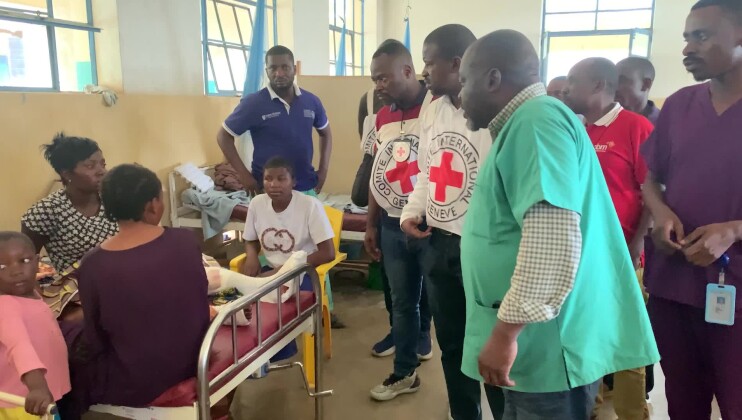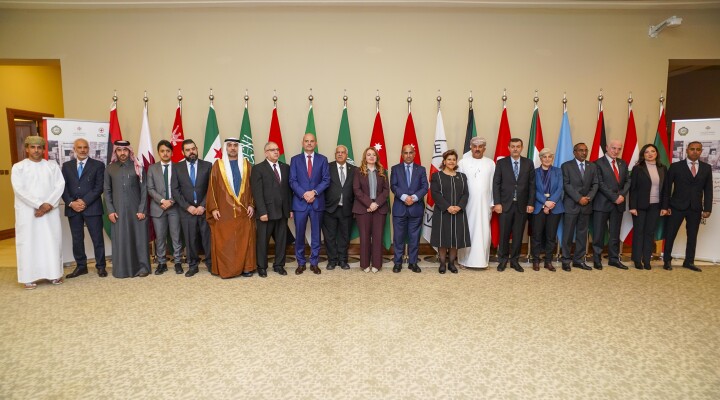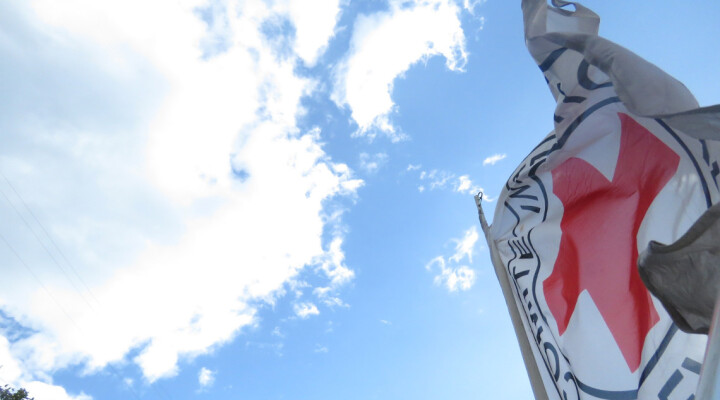Somalia: Child malnutrition surges amid clinic closures
Severe malnutrition among children has surged across Somalia, with health facilities supported by the International Committee of the Red Cross (ICRC) seeing record admissions since the devastating drought two years ago. In May alone, the stabilization centre at Kismayo General Hospital admitted 277 critically ill children, the highest monthly number since 2023. Between January and May, the centre admitted 863 patients, an increase of almost 70 per cent compared with the previous five months.
“They gave him medicine when I arrived. They gave him milk. Thank God, he is fine now. I didn’t think he would make it,” says Marwo Abdikarim, who travelled hundreds of kilometres with her eleven-month-old son, Ahmed Hussein, to seek emergency care.
Stabilization centres like the one in Kismayo provide life-saving treatment for children under the age of five who are suffering from medical complications brought on by hunger. But such facilities are scarce. Nutritional clinics that once played the key role in preventing widespread malnutrition are closing due to funding cuts, leaving vulnerable families without access to early care.
The Somali Red Crescent Society (SRCS), supported by the ICRC, is also reporting an increase in patients receiving treatment at its outpatient nutrition clinics. The rising needs come amid intensifying conflict, mass displacement, and a cycle of floods and droughts that are pushing communities to the brink.
“Conflict is uprooting families, floods are destroying crops, and some areas are already parched by drought,” said Antoine Grand, head of the ICRC delegation in Somalia. “Parents simply cannot afford food, and small children are the first to starve.”
Revised humanitarian projections[1] estimate that food insecurity will worsen in the coming months, with nearly 47,000 children expected to suffer from acute malnutrition.
In response, the ICRC continues to support the stabilization centre in Kismayo, which has admitted nearly 900 severely malnourished children this year. Eleven ICRC-supported nutrition clinics run by the SRCS have treated close to 1,400 patients. In addition, more than 15,000 displaced families have received emergency cash assistance to help them buy food and essentials, while hospitals treating weapon-wounded patients continue to receive medical supplies and support.
For further information, please contact:
Rahime Adan (English/Somali), ICRC Somalia, +254 705 410 641, radanissack@icrc.org
Fadumo Ali Jama (English/Somali), ICRC Mogadishu, +252 611 006 330 falijama@icrc.org
[1] IPC Acute Food Insecurity and Acute Malnutrition Analysis
LOGLIST
|
On-screen credit |
ICRC written or logo attached to story
|
|
Shooting date |
27 May 2025
|
|
Country/Location |
Kismayo, Somalia |
|
Language |
English & Somali |
|
Producer |
Abdikarim Mohamed |
|
Cameraperson |
Abdikarim Mohamed |
|
Editor |
Eric Chege |
|
Copyright / Details of restriction if applicable |
ICRC access all |
|
Length |
04 :40 |
|
TIME CODE |
LOCATION / IMAGE / TIMECODED TRANSCRIPT OF SOUNDBITES |
|
00:00 – 00:17 |
Various wide shots of patients receiving milk at the stabilization centre in Kismayo. |
|
00:18 – 00:34 |
Various close-up shots of patients receiving milk at the stabilization centre in Kismayo. |
00:35 - 00:48 |
Marwo Abdikarim Abdirahman – Patient, Kismayo Stabilization Centre “When I came here, I didn’t think anything good would come of it. They gave him medicine when I arrived. They gave him milk. Thank God, he is fine now. I didn’t think he would make it.” |
00:49 - 00:54 |
Wide shot of the ward at the stabilization centre. |
|
00:55 – 01:10 |
Shots of a mother feeding milk to her child at the stabilization centre. |
|
01:11 – 01:34 |
Marwo Abdikarim Abdirahman – Patient, Kismayo Stabilization Centre “There are no health facilities. Many people face similar problems. They don’t have money to leave. People are suffering, but there is no money to travel. All the farms were washed away when the floods came. They were flooded for a while, and lasted for four months. So now we’re planting again, but we haven’t harvested yet.” |
|
01:35 – 01:57 |
Various shots of a baby being weighed at the centre. |
|
01:58 – 02:19 |
Shots of medical staff measuring MUAC (Mid-Upper Arm Circumference) of a child. |
|
02:20 – 02:40 |
Ahado Qassim Abdulle – Patient, Kismayo Stabilization centre “As a mother, I felt terrible. Day and night, we cried together. I had nothing. Relatives helped cover the costs so I could come here. It's hard for people to get here because of the cost. They are farmers, but nothing has grown recently. Now the area is flooded, and the farms are destroyed.” |
|
02:41 – 03:30 |
Various shots of medical and ICRC personnel at the stabilization centre. |
|
03:31 – 04:11 |
Mohamed Said Egal – ICRC Health Officer, Kismayo “So, this centre is the only centre existing in this area. So we receive a lot of people, a lot of patients from different places as I mentioned it, and in recent days, or the last four weeks, the case have increased because of many health facilities have been closed due to a funding gap. While others have a gap of services. So that's why we receive a lot of cases here, and this is, as I said, the only centre that provides such services, lifesaving services.” |
|
04:12 – 04:40 |
Shots of mother and guardians receiving food at the stabilization centre. |
END



